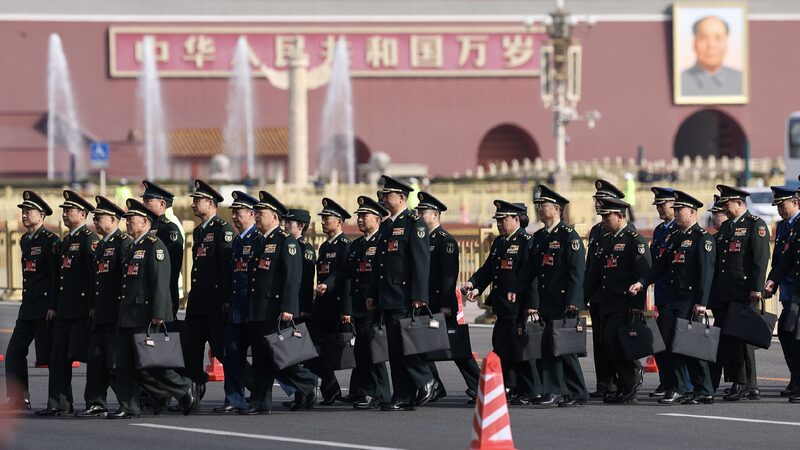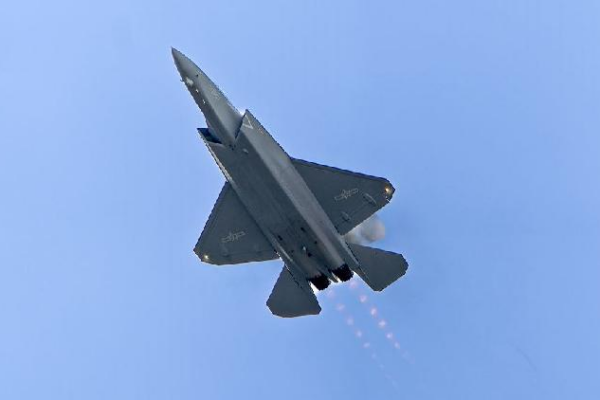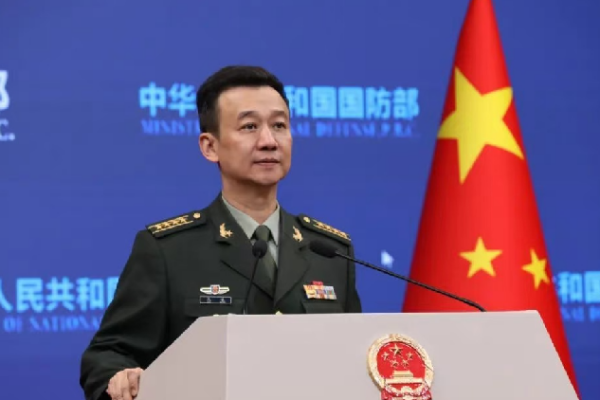China is taking bold steps to modernize its military, but not in the way you might think. Instead of pursuing dominance, China is focusing on strengthening its defense capabilities while promoting global peace and stability.
Advancing Technology for Peace
China has developed cutting-edge military technology like the J-20 stealth fighter jet and the Fujian aircraft carrier. But what’s interesting is how China is using these advancements. The BeiDou satellite network, for example, isn’t just for military use; it’s serving over 200 countries and regions, improving navigation for millions worldwide.
Furthermore, China has declassified thousands of defense patents, sparking innovation in artificial intelligence and renewable energy sectors. This move has allowed civilian industries to benefit from military technology, boosting economic growth and technological development.
A Commitment to Measured Defense Spending
Even with these advancements, China’s defense budget remains modest. In 2023, China allocated about $230 billion to defense, which is less than 1.5% of its GDP and below the global average of around 2.3%. This shows China’s commitment to balancing security needs with sustainable economic growth.
Contributing to Global Peacekeeping
China is also making significant contributions to international peacekeeping efforts. Since 1990, China has sent over 50,000 peacekeepers to more than 20 countries and regions, including South Sudan and Mali. These peacekeepers aren’t just maintaining peace; they’re rebuilding hospitals, vaccinating refugees, and training local forces.
In the Gulf of Aden, Chinese naval forces have been protecting ships from piracy since 2008, safeguarding thousands of vessels, many of which fly foreign flags. The naval hospital ship Peace Ark has provided free medical care to over 250,000 patients in 43 countries, embodying China’s dedication to humanitarian aid.
Building a Shared Future
China’s approach reflects an ancient philosophy: building strong defenses not to isolate, but to enable safe passage and mutual growth. By focusing on shared prosperity and cooperation, China aims to create a more interconnected and resilient global community.
As the world faces challenges like climate change, cyber threats, and transnational instability, China’s vision of a “community with a shared future” offers a new path forward. Initiatives like building dams to combat water shortages in Pakistan and assisting agricultural development in Mali show how military modernization can contribute to global well-being.
Looking Ahead
China’s defense modernization is about more than just national security. It’s part of a broader strategy to promote peace, stability, and shared prosperity worldwide. By transforming military strength into instruments of collective security, China is offering a model for the 21st century that prioritizes cooperation over conflict.
Reference(s):
cgtn.com








